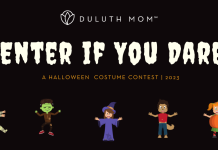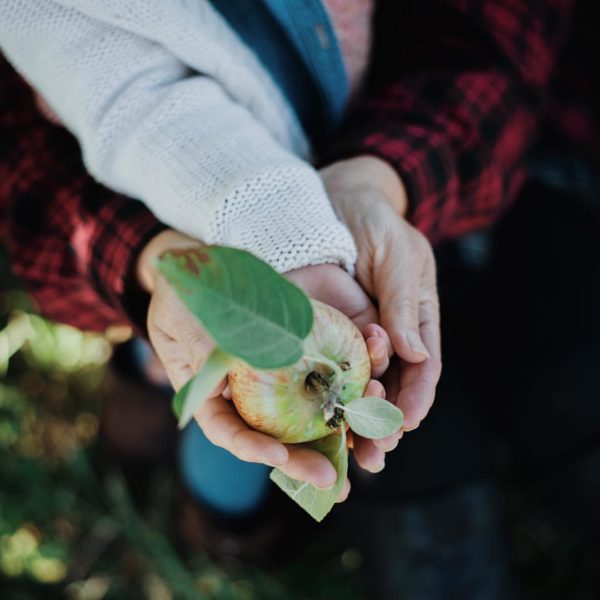
I was involved in a car accident a few weeks ago. Saying “I got into a car accident” really isn’t accurate because the other driver accepted full responsibility. I was simply in the wrong place at the wrong time.
Telling people about my accident has elicited a variety of responses. Overwhelmingly, most people have encouraged me to look on the “bright side” of the situation. In this case, the bright side involved the following facts:
• I am alive.
• My son was not in the car.
• No one was severely injured in the accident.
• Both of us were insured.
(Note: I am not making light of the fact that I survived without serious injury. I realize there may be readers who have lost loved ones and/or been seriously injured in car accidents. My point will hopefully become clear as you continue reading).
Now, I am by all accounts an optimistic person. Having survived a serious car accident in my 20s, multiple miscarriages and a contentious divorce, I’ve faced my fair share of tough situations, lived to talk about them and still smile most of the time.
But, quite honestly, the responses I received after this accident opened my eyes to the fact that the way we talk to people facing hard situations is, frankly, pretty unhelpful. Now, my intention is not to chastise those friends and family who encouraged me to look on the bright side. Truly, my initial reaction was to find the silver lining and had the shoe been on the other foot, I likely would have said similar things to those said to me. My hope by talking about this is instead to challenge all of us to consider why it is we feel the need to instantly look on the bright side when hard things happen, a compulsion of “toxic positivity.”
I shared the bright side of my accident above. Now, here are some of the down sides:
• My car, which I loved and had purchased less than two years ago, was totaled. Gone.
• I recently spent $1000 on new tires and other repairs on my car. Gone.
• My back and neck have been sore since the accident and I’ve become a regular at the chiropractor. As I mentioned above, I was involved in a very serious car accident eleven years ago in which I had to be airlifted to a different continent to have spinal surgery. So, on top of dealing with some PTSD and flashbacks, I’ve been nervously wondering if I reinjured myself somehow.
• While there are of course some kind and helpful people who work in the insurance industry, they still deal with car accidents every day. Thus, as nice as Tammy from Tacoma, Washington is, she really doesn’t care about the fact that my life has just been completely interrupted by this accident.
• Trying to connect with an actual person at the bank can take an obnoxiously long time.
• I was without a car for several weeks and had to borrow a vehicle from my parents, who fortunately, have an extra car they could lend me.
I could go on, but I think you get the point. Basically, being in a car accident is physically, relationally, mentally, and emotionally exhausting. If you’ve lived through one, I’m so sorry. They’re the pits.
Thus, as much as I appreciated people’s encouragement, there were a number of lousy things I simply had to deal with. As much as I wanted to be able to look on the bright side, I just didn’t have the energy to. I found myself having several emotional meltdowns in the days following the accident and feeling almost guilty for doing so. I mentally told myself “be happy, you’re alive,” but my physical pain and exhaustion were much more pressing.
Fortunately, this is when the lightbulb went on for me. I realized “hey, I just experienced something really traumatic, maddening, and painful. Yes, I’m grateful to be alive. But, it’s also appropriate for me to feel mad, sad, scared, annoyed, tired, etc.” In essence, I gave myself permission to feel the very normal things I was already feeling.
So, Where Does the Disconnect Begin?
In my Babies ECFE class this fall, we dug into a section from the book Is This a Phase? by Helen Neville, Ph.D. In it, Neville stated that babies get confused when we send them “mixed messages.” I’m including a few paragraphs from the book because I think her point is really important.
How do babies learn about the positive and negative feelings that will guide them? During their early months, the brain is building the nerve pathways for feelings. Whether a baby feels an emotion or sees an emotion on another person’s face, the same nerve path is used, similar to using the same telephone line or cell for talking or listening. If our baby shows us a feeling and we copy it, that same nerve pathway gets twice as much practice. The next time around, that emotion is easier for our baby to feel and express.
As newborns, our little ones could copy us when we stuck out our tongues or opened our mouths. At 3 months, they copy our smiles. With our help, babies practice feeling happy. In this way, a baby builds a strong “magnetic” signpost that says, “This is what ‘happy’ feels like.” We help by mirroring our baby’s feelings and naming them: “I see your happy smile! You’re glad to see me! I’m glad to see you, too!”
Mixed messages are confusing. Babies appear to get confused when they send out one message to a parent or caregiver and a different one comes back. For example, when spirited Spencer is angry because the milk isn’t coming yet, Mom tends to flash a reassuring smile to say “It will be ready in a minute.” Spencer might understand his feelings better if Mom briefly copied his angry face saying “You don’t like to wait.” He would know by watching her face that she got his message. Those nerve pathways would also get more practice. Mom could then switch to her warm, reassuring face and say “Milk will be here in just a minute, then you’ll feel better.”
In essence, as parents and caregivers, we help our children’s brains make sense of their emotions. My class and I discussed how often we unwittingly send confusing messages to our children. For example, when our toddling child falls and hurts himself and starts crying, our immediate response is often to say cheerfully “you’re ok.” We discussed how by brushing past their real physical pain and sense of fear, which are completely normal given the circumstances, we create confusion by not acknowledging their sadness or pain and by instead responding with cheerfulness. In essence, we foster a disconnect between the physical pain they feel and the emotional response we provide. Over time, I wonder if being socialized in this way, to essentially disconnect immediately from the pain we’ve experienced, is what has limited many adults in their ability to process and express emotions in an easy and healthy way.
As children, we’re told “you’re okay, it’s only a scratch.” As adults, we’re told “it’s only pneumonia. At least it’s not cancer.” Each time we do this, I believe we ignore the very real emotions of fear, pain, and discomfort that people are feeling. They will eventually have the cognitive capacity to recognize that things could be worse. But, in THIS moment, they are sore, nervous and likely feeling guilty for feeling so, since everyone keeps telling them how much worse it could be. Instead of sharing their feelings openly, most people will learn to stuff them.
Here’s the point: I think we should reevaluate how we respond to people who share hard things with us. This will probably be challenging, since many of us have been trained to always look on the bright side. Here are two suggestions:
1. The next time someone tells you something hard, challenge yourself not to comment on the bright side. Simply say “I’m so sorry. That stinks. How are you feeling?” Trust me, your words will be a balm to them. I so appreciated those friends who responded in this matter of fact way. I felt heard and understood by them.
2. Next time your child gets hurt or expresses pain and sadness over something, don’t rush to tell them “You’re fine” or “it’s okay.” Give them a hug and join them in their sadness. Let them know it’s okay to feel sad when they fall. They will move on sooner than you think. Most importantly, they’ll see and learn that it’s okay to be sad when something sad happens. In fact, it’s healthy.
Ultimately, if there is a silver lining to my car accident, this lesson is it. As such, I’m going to be muting my bright side for a bit and hope you will, too.










